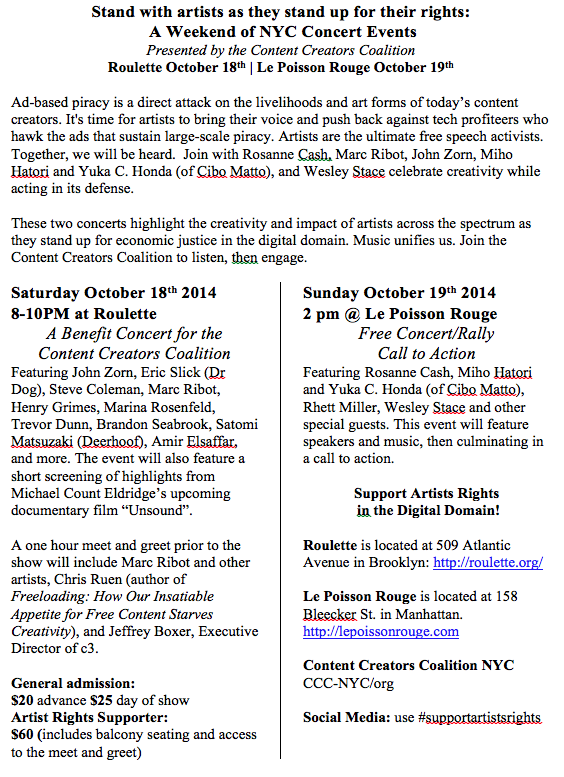Part 3
Tit For Tat in Paranormal Romance
by
Jacqueline Lichtenberg
Previous posts in the Strong Character Defined series are:
Part 1 in Strong Characters Defined series posted:
http://aliendjinnromances.blogspot.com/2014/10/strong-characters-defined-part-1.html
Here is another post with foundational material about Character:
http://aliendjinnromances.blogspot.com/2014/07/theme-character-integration-part-7.html
And here is Part 2 in this series:
http://aliendjinnromances.blogspot.com/2014/08/strong-character-defined-part-2.html
Today we're going to examine a Theme that turned up in a quote posted on Twitter.
This tiny quote reveals a Theme that can be used as foundation of a really hot Romance which has a Character-driven Plot, and might be a long series of very long books.
Michelle McKee retweeted a tweet that @Goodluck Msangi sent to @tase_ny :
---------quote from Twitter Retweeted by Michelle McKee----------
Goodluck Msangi @tase_ny May 12
Make sure that nobody pays back wrong for wrong, but always strive to do what is good for each other and for everyon… http://bible.com/111/1th.5.15.niv …
----------end quote-------------
That's from Thessalonians 5:15 which is posted on the URL ".niv"
https://www.bible.com/bible/111/1th.5.15.niv
The full, non-twitter condensed, version is:
"Make sure that nobody pays back wrong for wrong, but always strive to do what is good for each other and for everyone else."
I have no idea what this conversation was about or why the retweet ended up before my eyes, but it fits perfectly with the discussion on Depicting Culture using Dialogue:
http://aliendjinnromances.blogspot.com/2014/10/strong-characters-defined-part-1.html
Aphorisms, platitudes, punch-lines of jokes, and every sort of encapsulated Ancient Wisdom passed down in sayings or children's rhymes can be used to depict the culture your characters live in without ever a word of Exposition (thus avoiding the dreaded Expository Lump.)
http://aliendjinnromances.blogspot.com/2011/08/astrology-just-for-writers-part-10.html
We all know that Bible Quote as a version of "An Eye For An Eye" -- which is so garbled in translation it's hopeless to try to explain that it's not Revenge or "making someone pay" but rather, just like the US Constitution, LIMITS the power of the judiciary by expressing the precise liability a person has for the damage done to another person.
Therefore, it makes marvelous fodder for the care and feeding of a Romance.
We all know that Couples argue (even fight) over Politics, Education, Birth Control, or the cut of a political candidate's suit. Most of the time, the domestic issue is not the ostensible issue.
Marion Zimmer Bradley taught that the Villain is the Hero of His Own Story -- that who is good and who is bad is a matter of Point Of View. She learned that from her mentors.
Read the quote again.
Words like "pays back" and "wrong" and "strive" and "good" are subject to wildly varying definitions as you switch point-of-view to tell a great story. There are hundreds of distinctly different novels set in dozens of Worlds buried in that one little quote as you change the definition of those qualitative words as you shift Point of View.
When you write a story from two points of view, you (as writer) must draw a STARK (i.e. artistic) distinction in black and white for the comparison of the points of view.
The reader must feel secure in comprehension of that distinction before you introduce any shades of gray. The nature of that distinction is the source of your narrative hook. Readers will accept or reject a book on the basis of whether the difference, the conflict, has personal relevance.
Fiction is not reality, but rather an artistic depiction of reality. Certain attributes your Built World are exaggerated, others minimized, to bring depict the Theme of this character's Life.
Shades of gray, and "there's no such thing as an absolute Truth" just won't work to fuel the hot-hot scenes you want to write, and won't hit the reader in the G-spot of imagination.
You need the high contrast of absolute Right and absolute Wrong, but once those polar opposites are in place, you can bury them in colors chosen from the palate of colors appropriate to your Theme (just as an artist selects certain tones to key a picture; writers must select just a few tones of reality to depict their world and let the reader fill in the rest.)
"Never repay a Wrong with a Wrong" makes a dynamite theme if both the Protagonist and Antagonist (or both who will form a Couple) are absolutely committed to behaving that way, yet define what is Right and what is Wrong differently.
So even though the real world the reader lives in is painted in shades of gray, blue, red, yellow, green and everything between, the Art that is sought by a Romance Reader needs to separate the shades, to bring up the contrast.
The romance reader won't be able to sink into the story if it isn't clear "What She Sees In Him" and "What He Sees In Her." At the same time, it has to be clear why the Couple doesn't just skip the story-part and get married today. The Conflict is them vs whatever-keeps-them-apart.
http://aliendjinnromances.blogspot.com/2014/06/theme-conflict-integration-part-2.html
The essence of story is Conflict.
Therefore, what she sees in him and vice versa has to be utterly clear (even if it is to change later in the novel via an Epiphany.)
So let's assume both the Soul Mates are Strong Characters when they meet.
And let's suppose, since this is the season, that they are working together for a particular Political Candidate.
They are both on "the same side" - so there should be no barrier to them getting together.
Let's employ what I like to call "karmic plotting" -- using some Paranormal Dimension to explain how and why the main characters came to this Situation, why they are in it together, why they want to kill each other even if not literally.
Maybe this Couple were the victims of an Arranged Marriage way back in the Middle Ages. Maybe they never shared a bedroom? Maybe, in bitter retaliation and grand defiance against his inattentiveness and against her Father for hurling her into this, she had a kid by another guy and pretended it was the husband's kid (but the husband knew better). The husband threw the wife and kid out of the mansion and repudiated them publicly. (i.e. he returned a Wrong with a Wrong).
In other words, the Arranged Marriage is "unfinished business" in their karmic relationship.
And let's take the case of a married woman getting pregnant by another man as the karmic background here.
So each of them is feeling relentlessly attracted to the other (without even considering sex in the mix), and absolutely scared white lipped at the idea of getting involved with each other.
The part of the mind that has an affinity for RIGHT says, "Marry that one!" and the part of the mind that has a weakness for WRONG says, "Run!" because running is the easy way out which a Strong Character would never choose.
As the campaign they're working on heats up, the campaign manager turns to Attack Ads, and maybe includes lies about the opposition's record.
Let's say the Opposition is claiming to be the son of a famous person -- and that connection is what makes his following trust him.
In a Conference meeting about their next attack ad, one of the Couple blurts out a suggestion, "Just say he's not the legitimate son of Famous Guy. His wife cheated and he's been fooled into accepting this guy as his son."
"We don't have any proof of that."
"What do we need proof for? It'll hit only two weeks before the election - early voting will be under way!"
And the other one of the Couple says, "We can't do that. It would just be so wrong!"
The first one of the Couple says, "Not only can we do that, we should do it because of all the dirty lies he's told about our Guy."
The Campaign manager considers, "Well, tit for tat, we'd be even."
"Besides," adds the first one of the Couple, "there is so little resemblance between father and son that I wouldn't be surprised if he isn't really the father."
So the Campaign Manager launches the disinformation ads.
At a Campaign stop, in the middle of the novel, the two get a Tarot Reading, or a Psychic divines the Relationship of their previous lives -- but they don't believe any of that non-sense.
Meanwhile,the Couple destroys the headquarters staff as they argue every aspect of the issue and the staffers take sides, then fight between themselves.
If you're writing from this Outline, you insert encounters with Psychics, Clergy, and some spooky experiences on the campaign trail. Oh, and they get the endorsement of a Romance Writer famous for Historicals, who has written Their Story.
The parallels between the Middle Ages arranged marriage build slowly, and there's confusion in them both as they dream the Past, and it's the same as the Present. Maybe they decide to break the jinx by having sex which they never did in the Past?
Not only are they now arguing that the Campaign Ads should not have veered toward such a blatant lie, but also that it's bad karma to lie.
Maybe they start to think the Campaign Manager is a reincarnation of the son she fobbed off as her husband's? This novel can be very spooky in a realistic way as the staff takes sides in the Couple's battle.
The Campaign becomes ineffectual for lack of staff cohesiveness.
The Campaign loses.
The Opposition Candidate (now Elect) turns out to be the son of another man. The Lie turns out to be True. The Public is outraged, and divided over whether this man (an imposter) is actually Elected or not.
The newly Elected Official commits suicide, because he had no idea he wasn't his father's son and couldn't face the world after living a lie so publicly.
The Couple has to attend the Funeral, as part of the Political Campaign Staff. Be sure to give them jobs on the Campaign that would require them to do the courtesy.
At the Wake after the funeral, they get drunk together, having both learned that one does not respond to a Wrong by doing another Wrong. The Karmic Consequences are just way too severe.
Jacqueline Lichtenberg
http://jacquelinelichtenberg.com



































